A PhD in Peru: a country of contrasts
PhD student Tom Gribbin explains his work on water security in the Peruvian ‘water towers’.
23/09/2022 By BGS Press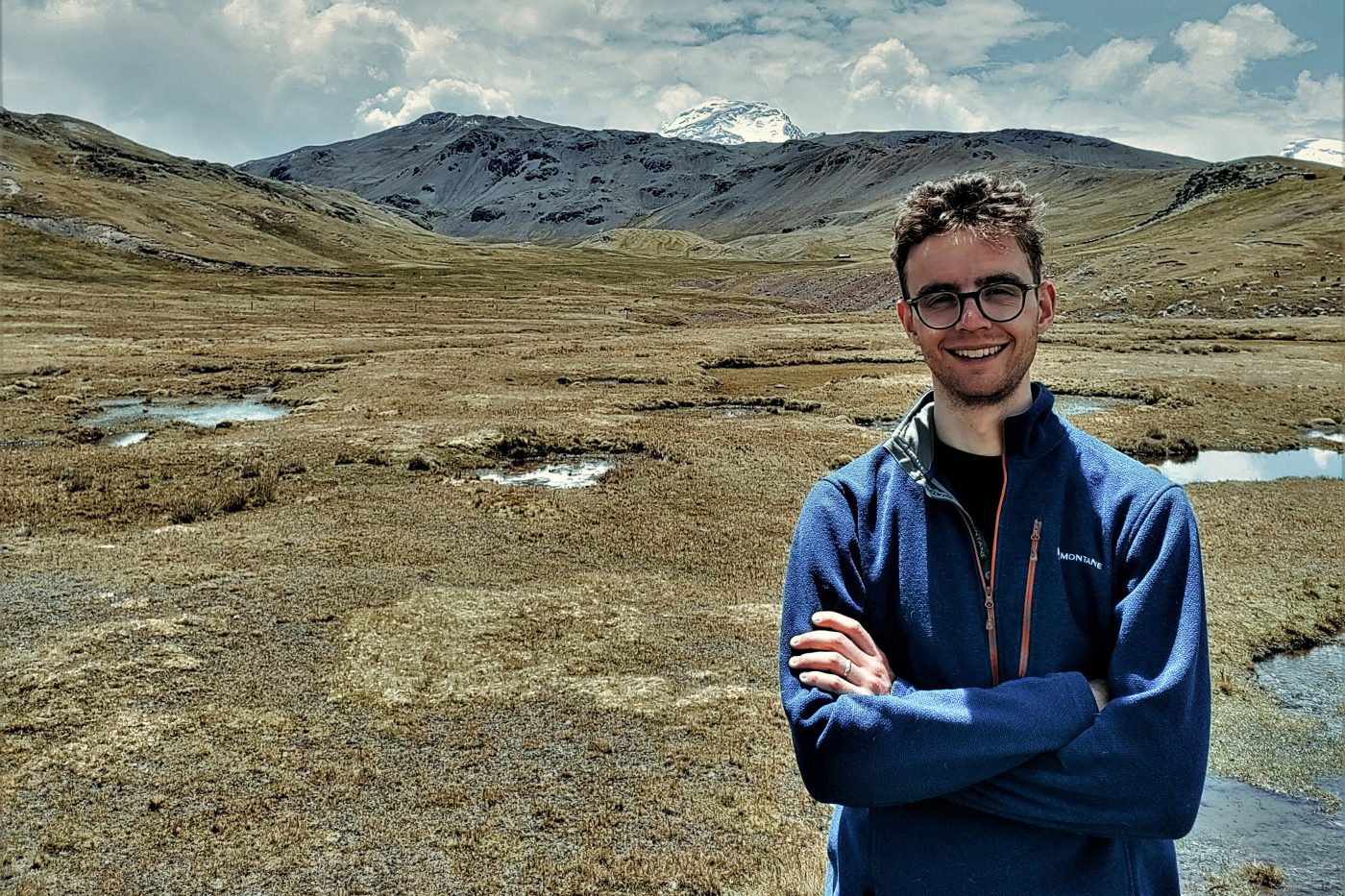
Peru is a country of contrasts — a statement perhaps best appreciated from above. Flying from Europe, the majority of the journey is over the Atlantic, but the last hour is spent traversing the width of Peru, crossing over some of the most diverse landscapes in the world. After reaching the Peruvian border, hidden deep in the dense richness of the Amazon rainforest, it isn’t long before the lush terrain begins to steepen as the Eastern Andean Cordillera punches its way toward the skies. As the elevation climbs, the trees give way to grasses and then, in the highest peaks, to the gleaming white crowns of tropical glaciers. Flying on, the miles of see-sawing Andean topography continue apparently unabated until, eventually, the rugged mountains descend sharply for a final time and the plane follows the downward trajectory to land at Lima airport.
The coastal lowlands are the polar opposite of the Amazonian lowlands seen just a few minutes before. The annual rainfall of the semi-arid Lima region represents less than one per cent of the total falling in the Amazon region, so the area is unsurprisingly dry and barren compared to the green Amazonian slopes. Home to one third of Peru’s population, Lima’s thirst must be quenched from further afield.
My PhD research
I am a second-year PhD student working with Imperial College London, the University of Birmingham and BGS, where I am based alongside the groundwater modelling team. My PhD is about understanding the disparities in Peruvian water resources and, ultimately, how best to manage the growing water security issues in this region. I am investigating how high-altitude wetlands (known locally as ‘bofedales’) change the movement of water through the landscape and their potential to provide a consistent water supply to downstream communities. I am focusing on a catchment over 5000 m above sea level in the upper Vilcanota-Urubamba basin.
All water contains natural isotopic ‘fingerprints’, which are preserved even as the water moves through the landscape, allowing us to trace the water back to its origin. My research seeks to quantify the extent to which different water sources supply these wetlands, so much of my time in the field was spent trying to pinpoint these different fingerprints by sampling glacial melt, groundwater and rain water. After loading them into small sample bottles for subsequent analysis — and getting hundreds of those bottles safely through airport security! — they eventually came to the Stable Isotope Facility at BGS, where they will be analysed for oxygen and hydrogen isotopes using mass spectrometry.
It’s fair to say frequent return trips to and from the remote Peruvian Andes are not particularly practical, but developing new ways to collect data in a difficult environment has been a real highlight of a PhD at BGS. Enabled by the onsite facilities at the BGS workshop and the experience of the engineering team, we have built three automatic rain samplers over the last six months, which we installed during our latest trip. After testing them in summer Keyworth conditions at 50 m elevation, these samplers will be put through their paces at over 5000 m during the wet season in Peru. Let’s hope they can cope with the contrast!
Over the next few months, I will be undertaking the first sample isotope analyses and look forward to updating you on the initial findings.
About the author
Tom Gribbin is a PhD student hosted at the BGS in collaboration with the University of Birmingham and Imperial College London.
Relative topics
Latest blogs
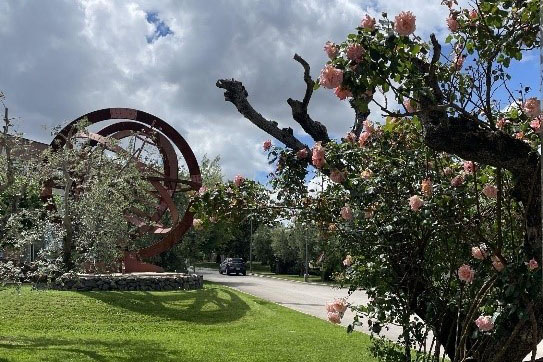
AI and Earth observation: BGS visits the European Space Agency
02/07/2025
The newest artificial intelligence for earth science: how ESA and NASA are using AI to understand our planet.
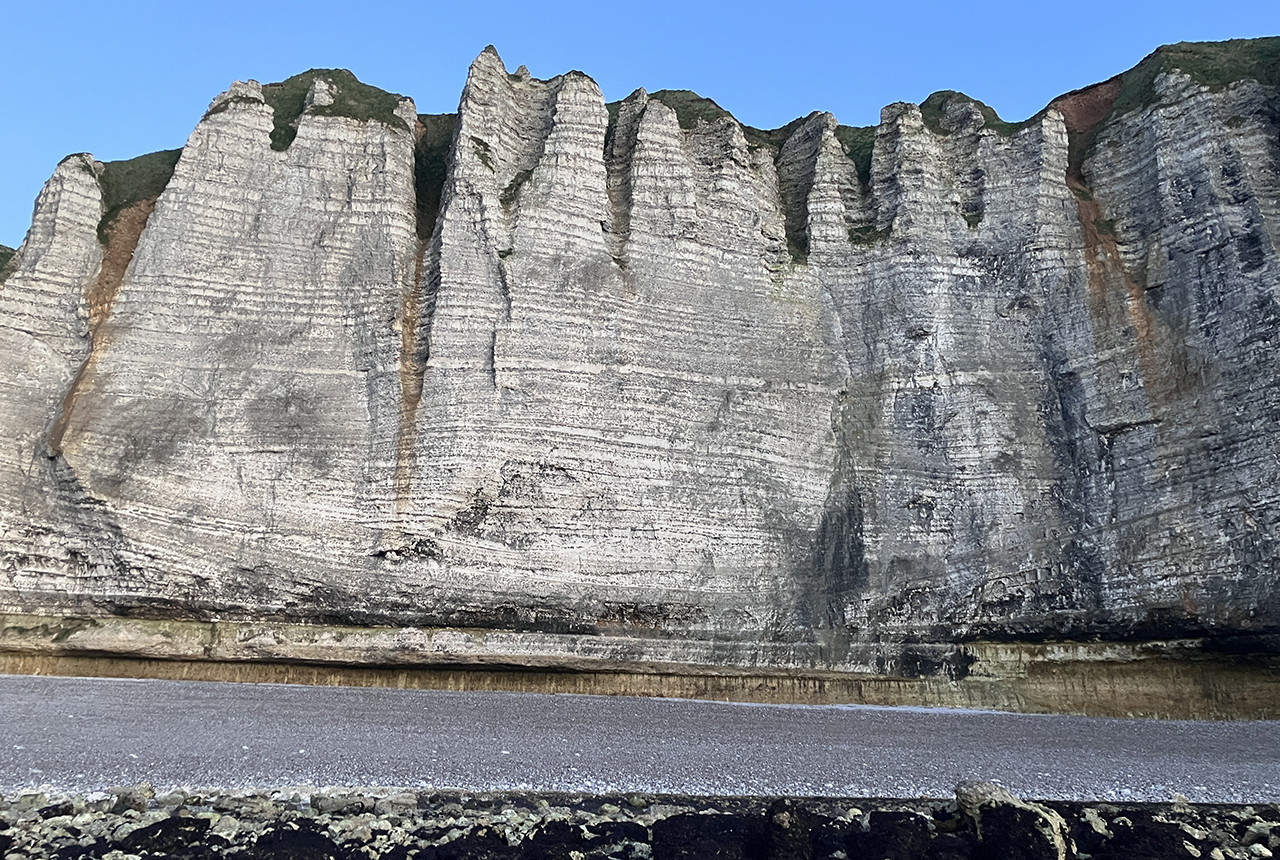
Geology sans frontières
24/04/2025
Geology doesn’t stop at international borders, so BGS is working with neighbouring geological surveys and research institutes to solve common problems with the geology they share.
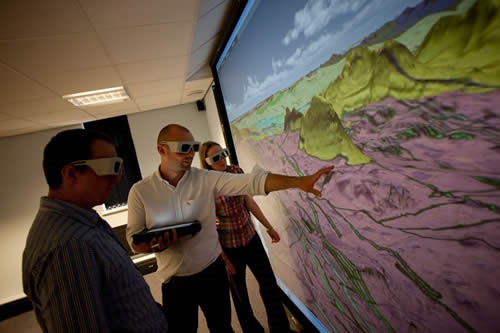
Celebrating 20 years of virtual reality innovation at BGS
08/04/2025
Twenty years after its installation, BGS Visualisation Systems lead Bruce Napier reflects on our cutting-edge virtual reality suite and looks forward to new possibilities.
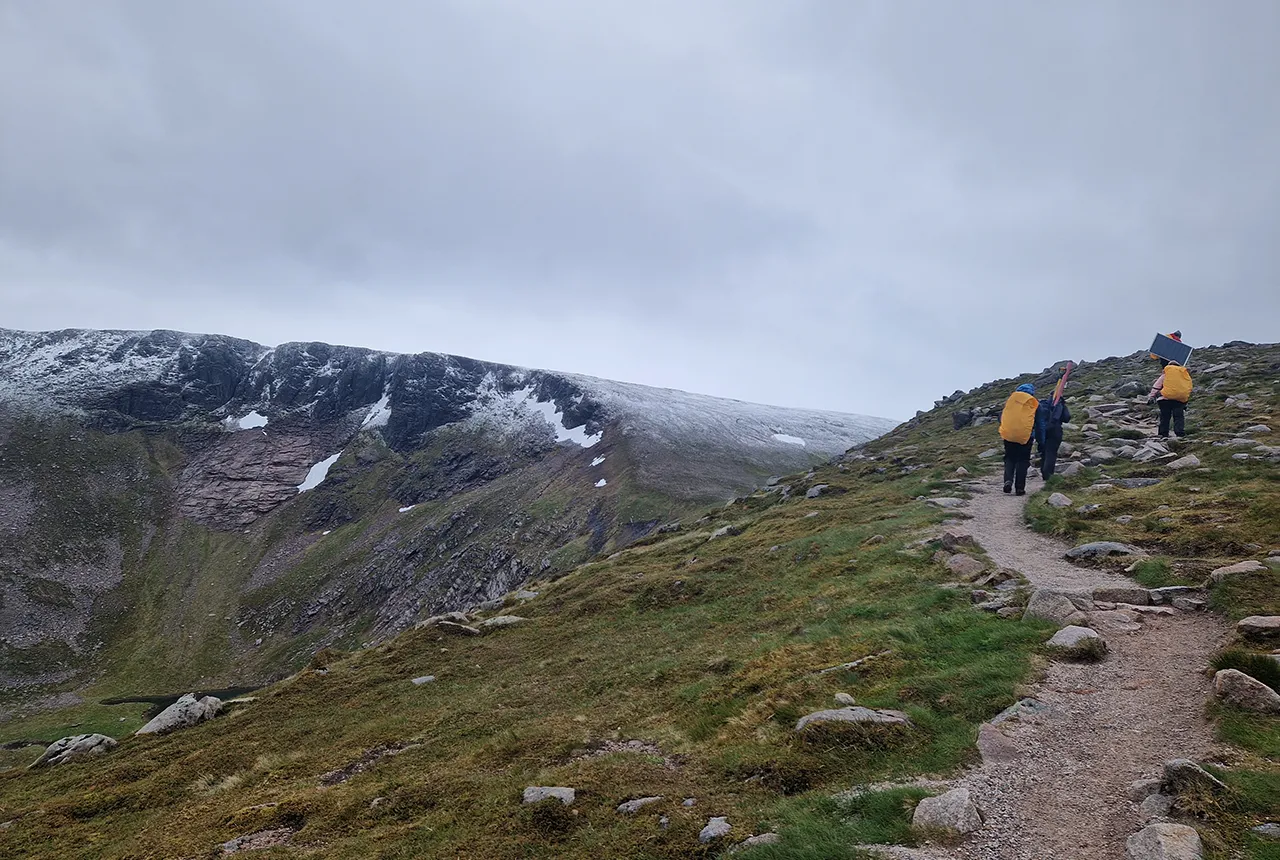
Exploring Scotland’s hidden energy potential with geology and geophysics: fieldwork in the Cairngorms
31/03/2025
BUFI student Innes Campbell discusses his research on Scotland’s radiothermal granites and how a fieldtrip with BGS helped further explore the subject.
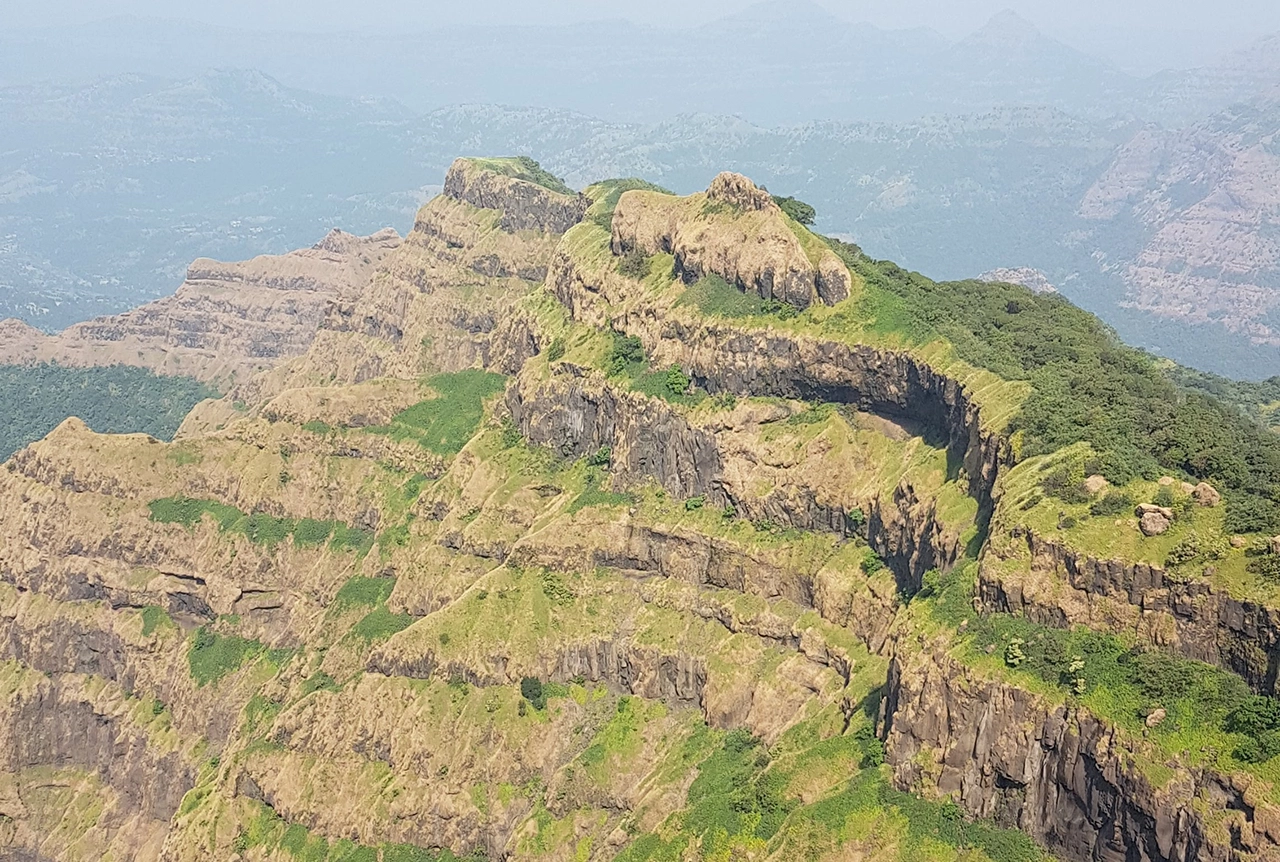
Could underground disposal of carbon dioxide help to reduce India’s emissions?
28/01/2025
BGS geologists have partnered with research institutes in India to explore the potential for carbon capture and storage, with an emphasis on storage.
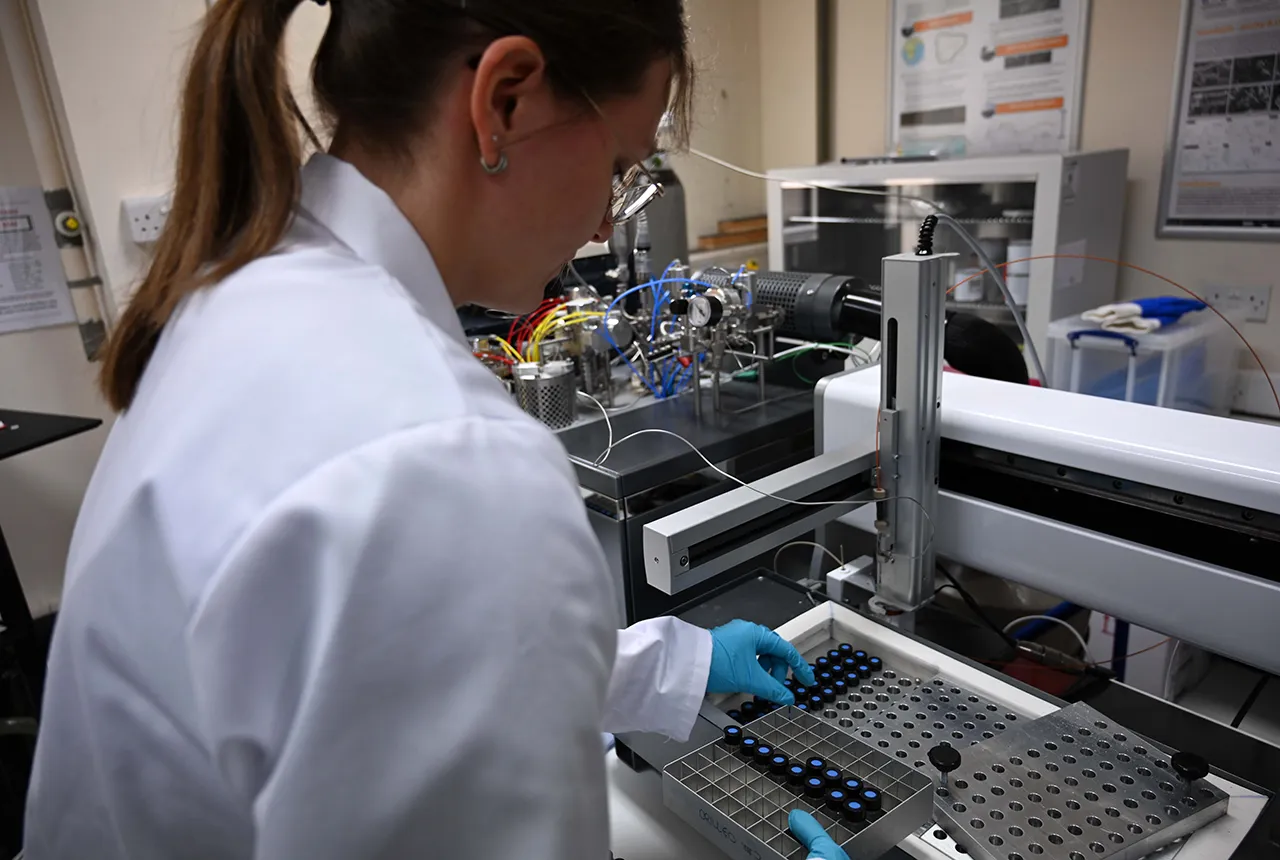
Carbon and oxygen isotope analysis of carbonates and the development of new reference materials
18/12/2024
Dr Charlotte Hipkiss and Kotryna Savickaite explore the importance of standard analysis when testing carbon and oxygen samples.
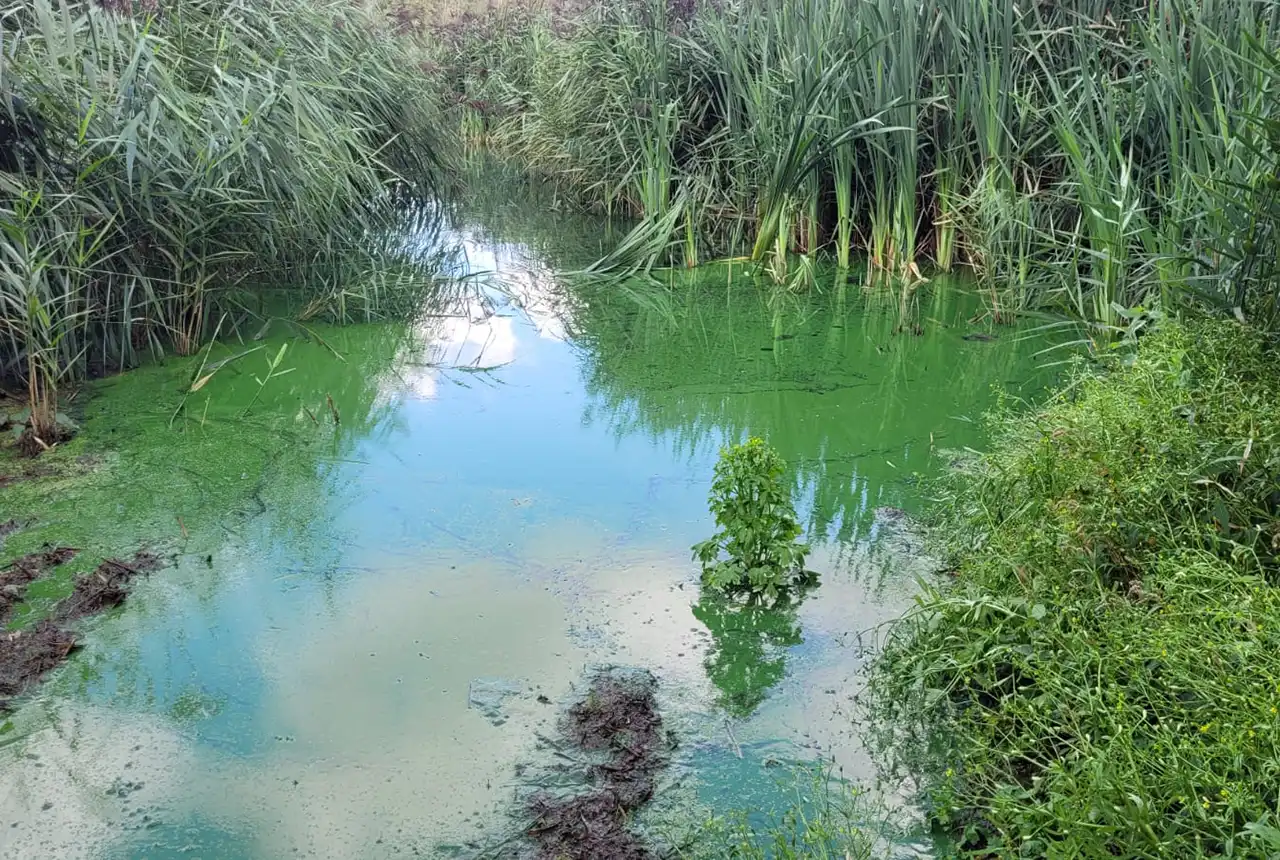
Studying oxygen isotopes in sediments from Rutland Water Nature Reserve
20/11/2024
Chris Bengt visited Rutland Water as part of a project to determine human impact and environmental change in lake sediments.
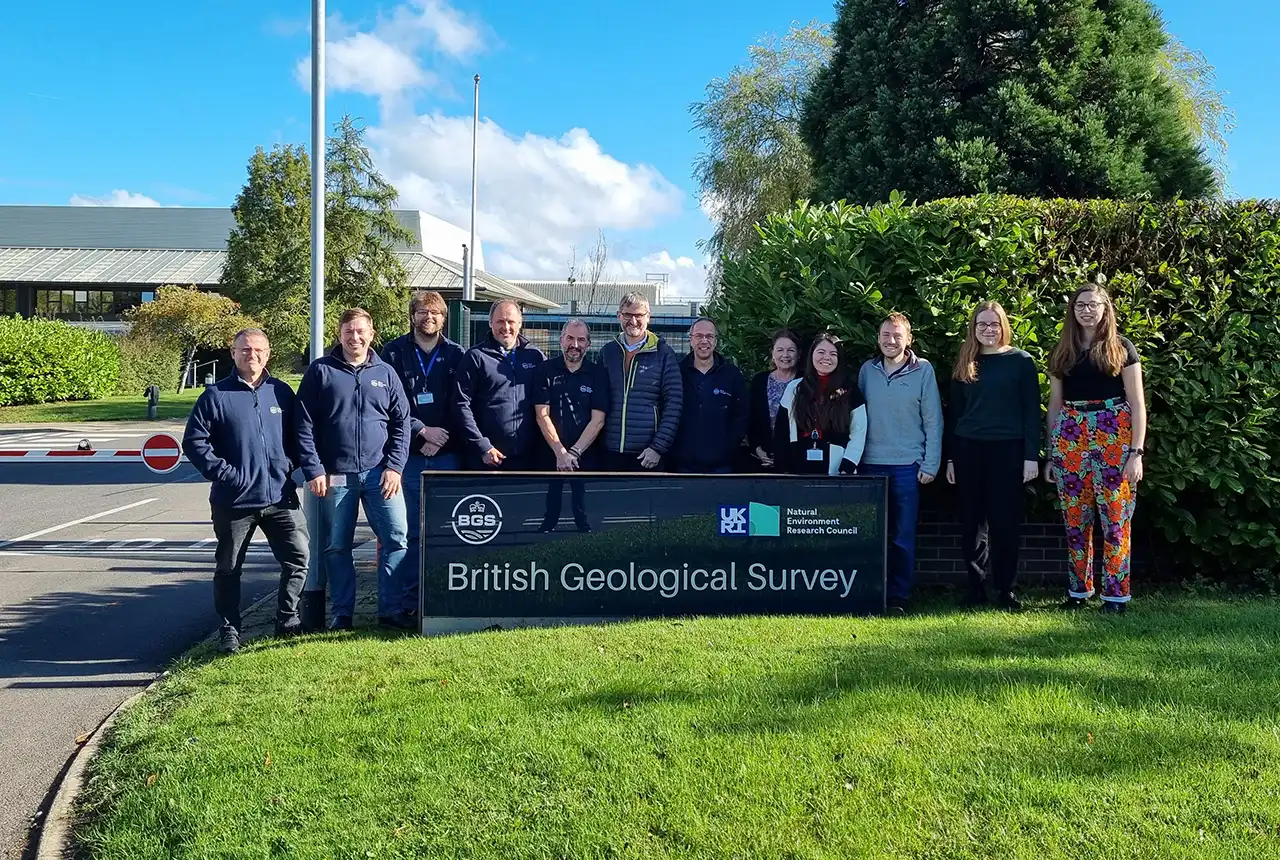
Celebrating 25 years of technical excellence at the BGS Inorganic Geochemistry Facility
08/11/2024
The ISO/IEC 17025 accreditation is evidence of technical excellence and reliability, and a mark of quality assurance.
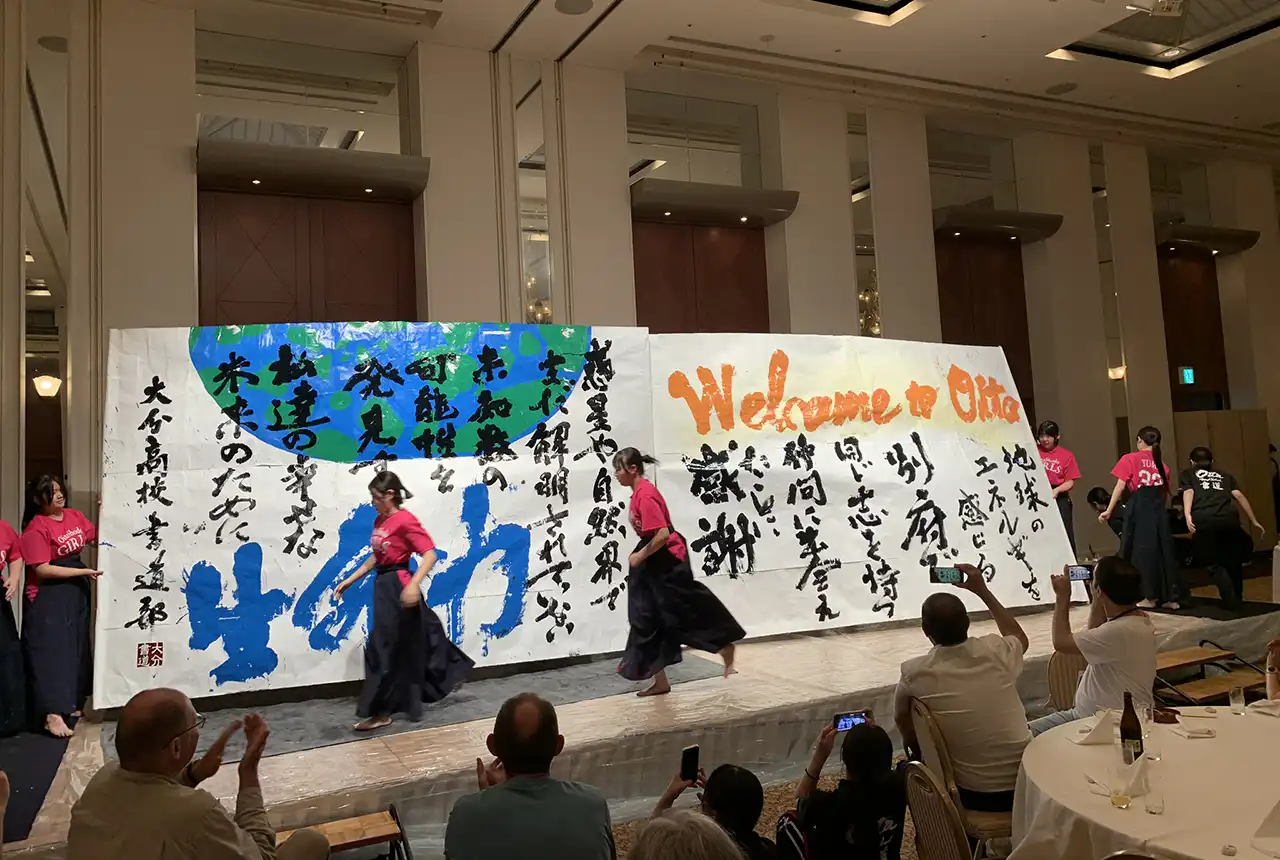
Electromagnetic geophysics in Japan: a conference experience
23/10/2024
Juliane Huebert took in the fascinating sights of Beppu, Japan, while at a geophysics conference that uses electromagnetic fields to look deep into the Earth and beyond.
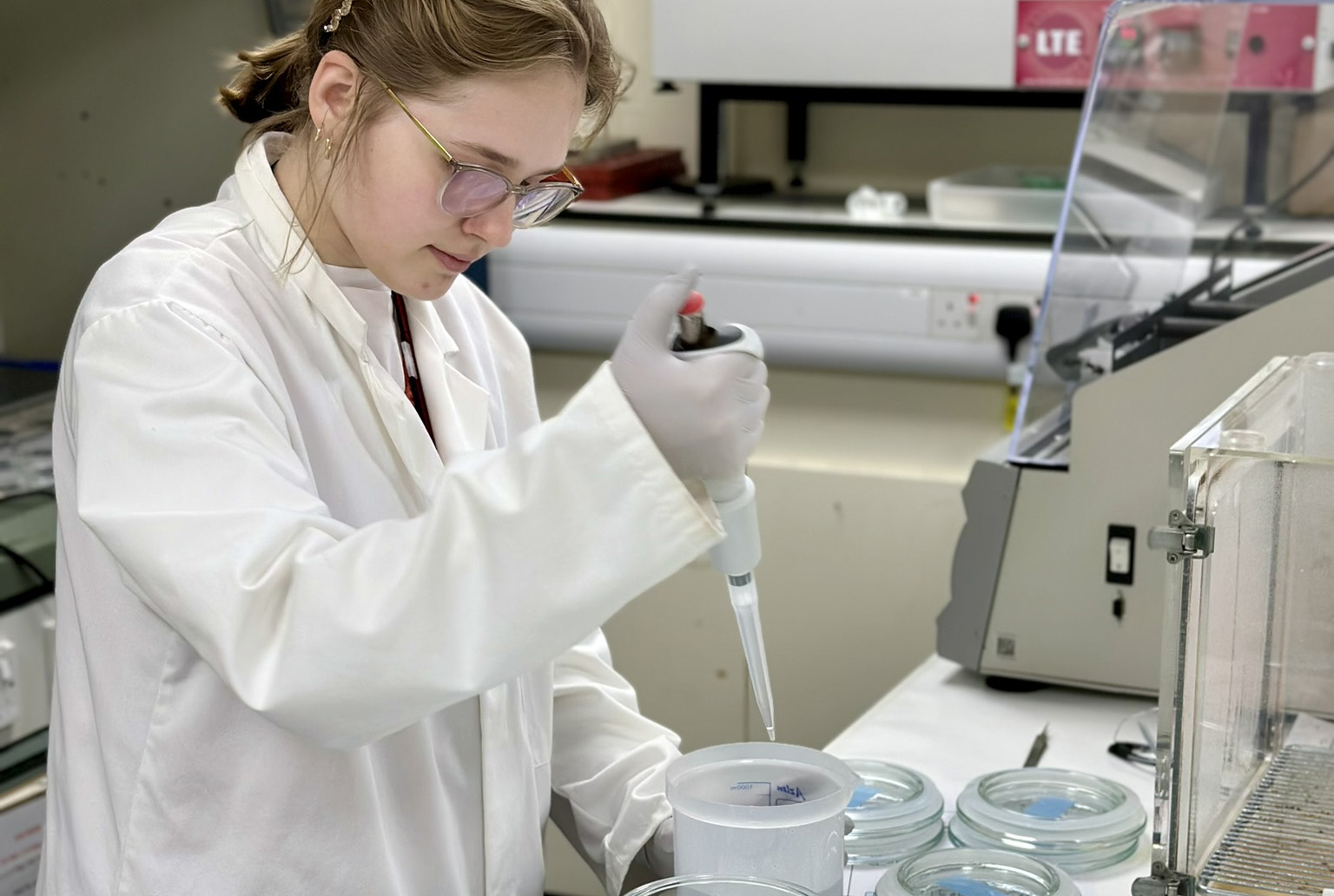
Exploring the role of stable isotope geochemistry in nuclear forensics
09/10/2024
Paulina Baranowska introduces her PhD research investigating the use of oxygen isotopes as a nuclear forensic signature.
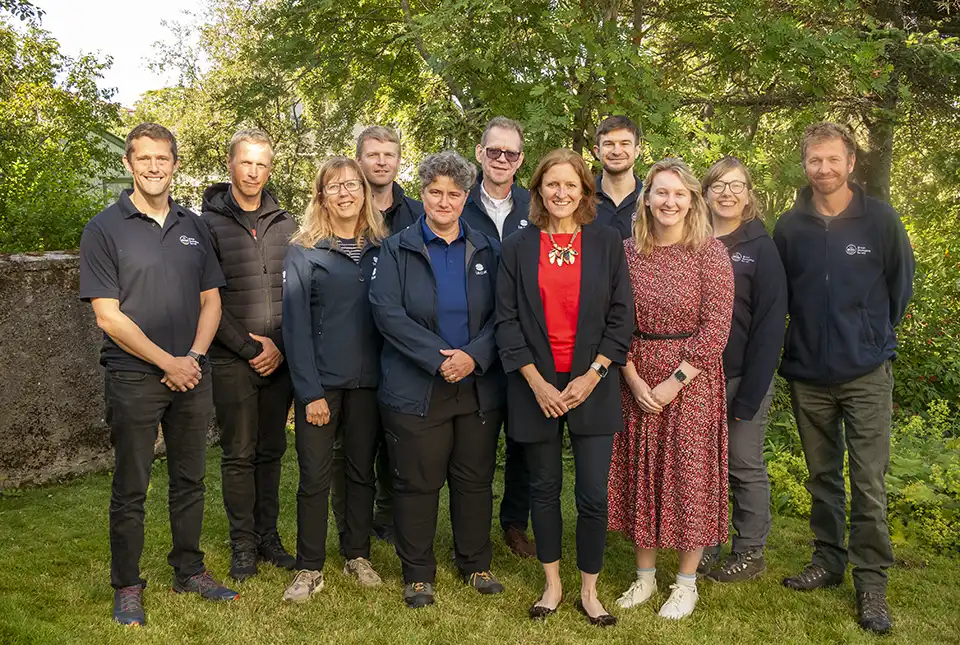
BGS collaborates with Icelandic colleagues to assess windfarm suitability
03/10/2024
Iceland’s offshore geology, geomorphology and climate present all the elements required for renewable energy resources.
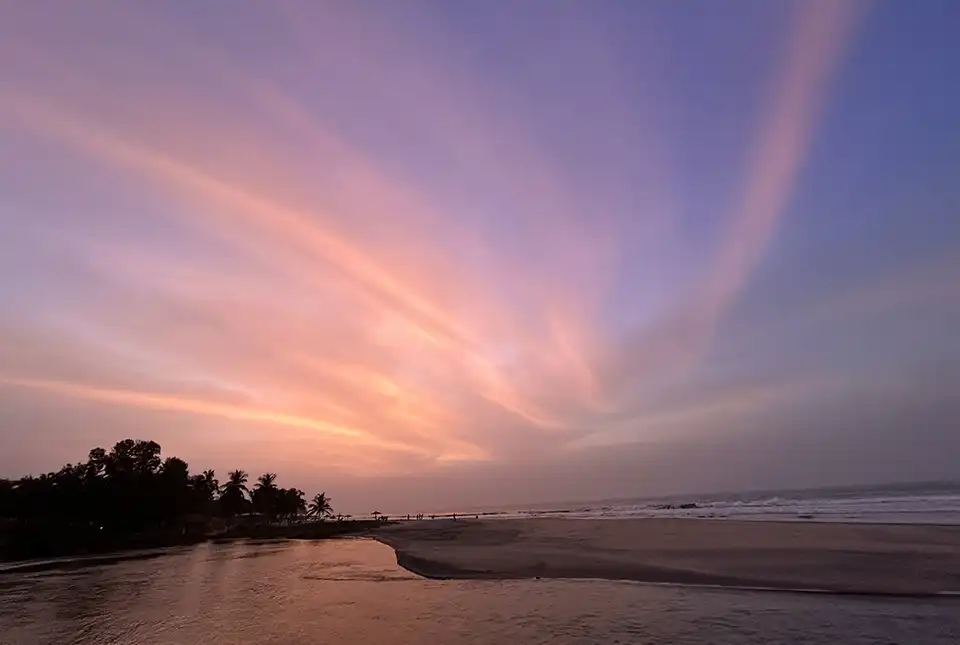
Mining sand sustainably in The Gambia
17/09/2024
BGS geologists Tom Bide and Clive Mitchell travelled to The Gambia as part of our ongoing work aiming to reduce the impact of sand mining.







